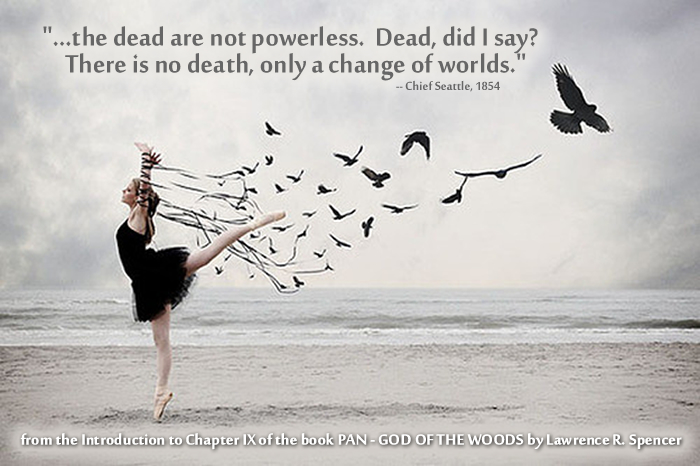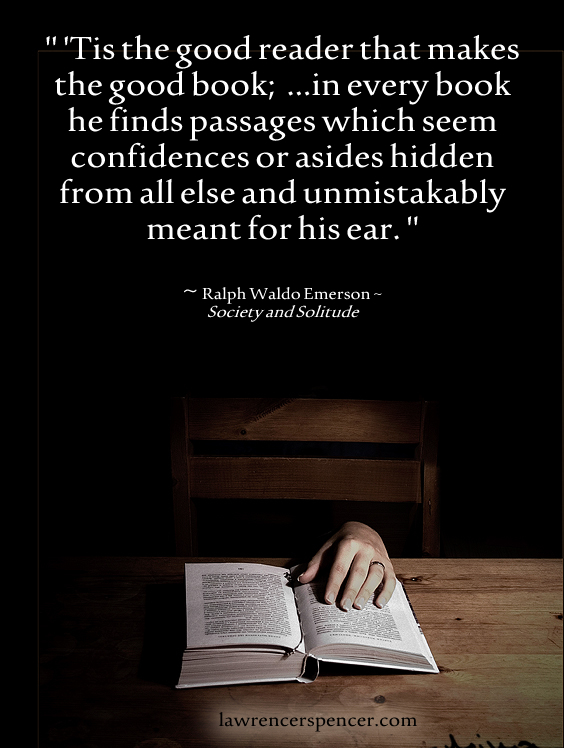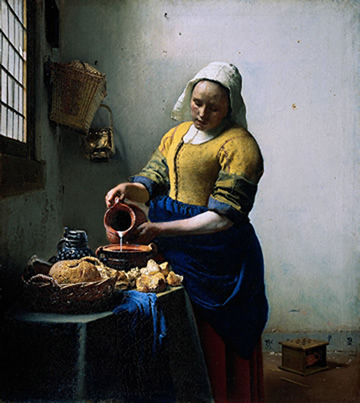Republished by Blog Post Promoter
“Much like Leonardo da Vinci, I worked intermittently on this single painting over a period of many years, never satisfied that it was finished, and continually improving upon the original. This painting is my personal Mona Lisa, my daughter, Maria.
We had a live-in servant for many years, named Tanneke Everpoel, hired and paid by Maria Thins. She did all of the “heavy labor”, as it were: cooking, cleaning, washing clothes, carrying water, tending fires, and a myriad other chores, including helping with the children. However, the expense of paying her wage and room did not include standing for endless hours, day after day, while I painted this portrait! My daughter, Maria, was lovelier and much more readily accessible for the task of standing for this portrait.
It is argued, convincingly, that the immortal painting by Leonard was his own self-portrait as his own, feminine reflection. What man, or woman, regardless of sexual preference in a given lifetime, has not inhabited the flesh of ten thousand bodies, some human, many not, through a nearly infinite cascade of galaxies, stars and planets come and gone. Is not survival a nearly infinite game, in which we interchange ourselves as the players of many parts?
Leonard kept his portrait with him all his life. He never considered that it was complete or perfect. Nor did he ever intend to sell it. How could one sell a most cherished reflection of himself? It is more meaningful than one’s own body, which only disguises the inner self, the essence of spirit that animates the fragile flesh.
In fact, a body hides the reflection of the soul! How can any substance, especially that as rude and fragile as meat, reveal the inherent qualities an immortal nothingness? Indeed, it is the fundamental challenge and the most formidable task of an artist to reveal it!
The name given to this painting by others, “The Milkmaid”, is a sacrilege! It rivals the incomprehension others have for Leonardo’s personal masterpiece. Yet, how can anyone truly understand that a painting is meant to reflect the essence of an immortal being, seen through the eyes of another?
She is painted with angelic colors: blue, gold and white, in contrast to the menial nature of her station in life. From her issues, for me, the Milk and Bread of Life. Life is embodied in her and through her. Women, are the source of children, the source of energy, the source of care. There is no more vital responsibility for any being who plays the game of life, than to confront dreary daily tasks. To humbly make the daily loaf. To soak that bread, mix and soften it with milk, make it warm and feed it to a teething child. Survival is made of such things.
In those days I viewed life as idyllic. My dreams were more real than reality. All things were a possibility. Tragedy could not find me. Until it did, of course. Even when we lost a child, which we did with several, my wife, Catharina, remained resolute in her Faith. God guided us. He did what was best. We knew not why and need not question His purpose for us.
I have no such faith in predetermination. A loaf of grain, clean water and a bed was my fare. Time and a place to paint, uninterrupted, were necessities. My love, shared with wife and family, was the staple diet of my life. I assumed, as a Fool who knows not his own mortality, that they would endure, even when I was gone.”
_______________________________________
Excerpt from the book VERMEER: PORTRAITS OF A LIFETIME, by Lawrence R. Spencer
DOWNLOAD THIS BOOK FROM
http://itunes.apple.com/us/book/vermeer/id443800993?mt=11






